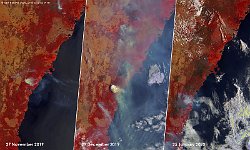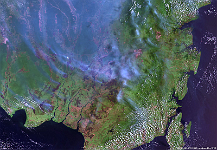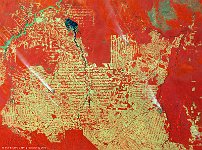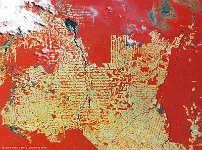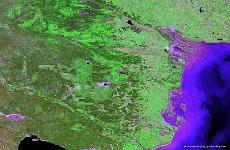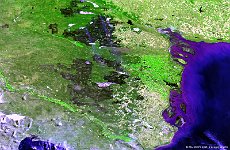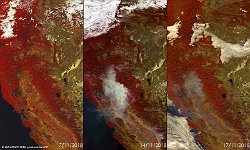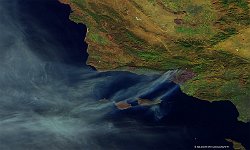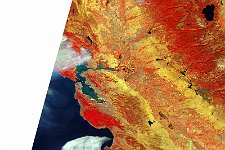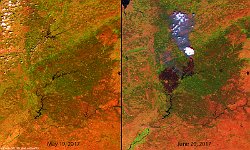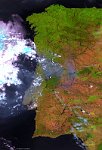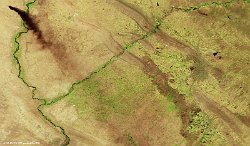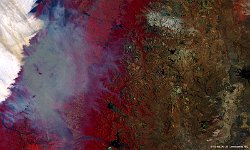4 / 30
fires Amazon, Brazil
The Amazon rainforest is the largest contiguous one in the world, with an area of about 6.7 million km2. The region is very important to the global climate system, being among others the world’s largest carbon dioxide sink. Human-driven deforestation of the Amazon rainforest has been a major concern during the last decades. Using the slash-and-burn technique, large areas of land are annually cleared during the dry season for logging and farming.
However, during the 2019 dry season, the amount of rain forest fires dramatically increased. Using various satellite data, the Brazilian National Space Research Institute (INPE) observed more than 75,000 wildfires between January and August 2019.
PROBA-V captured the large amount of forest fires at a near-daily scale, and here we present false-color images showing the situation over the Rondonia area in western Brazil on 4 August 2019 and 22 August. On 4 August, some ongoing fires are clearly visible by their smoke and ash plumes, while on the image of 22 August the burnt forests can be recognized as grey-black patchy areas that contrast with the dark red of the pristine rain forest.
Date: 22/08/2019
Resolution: 100m
